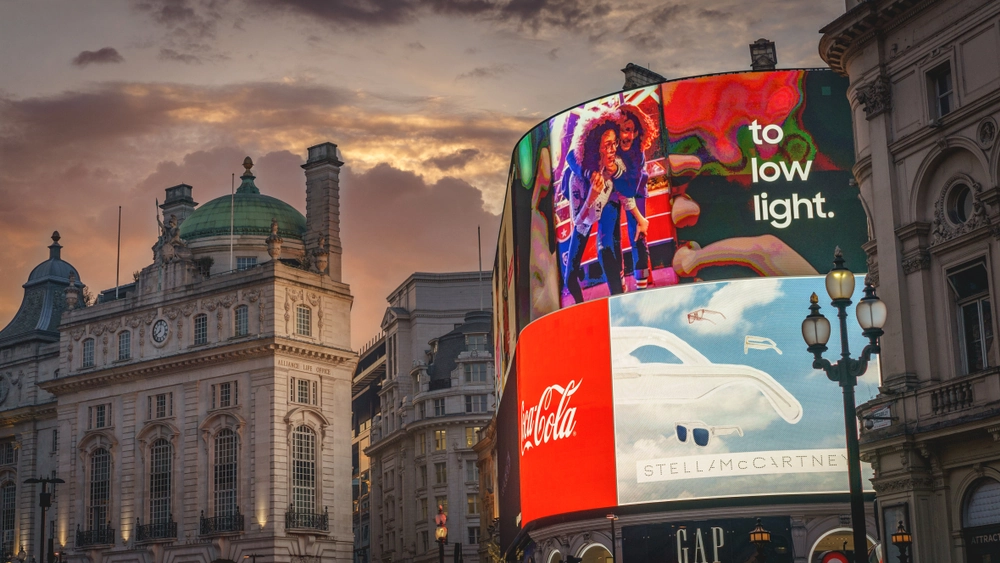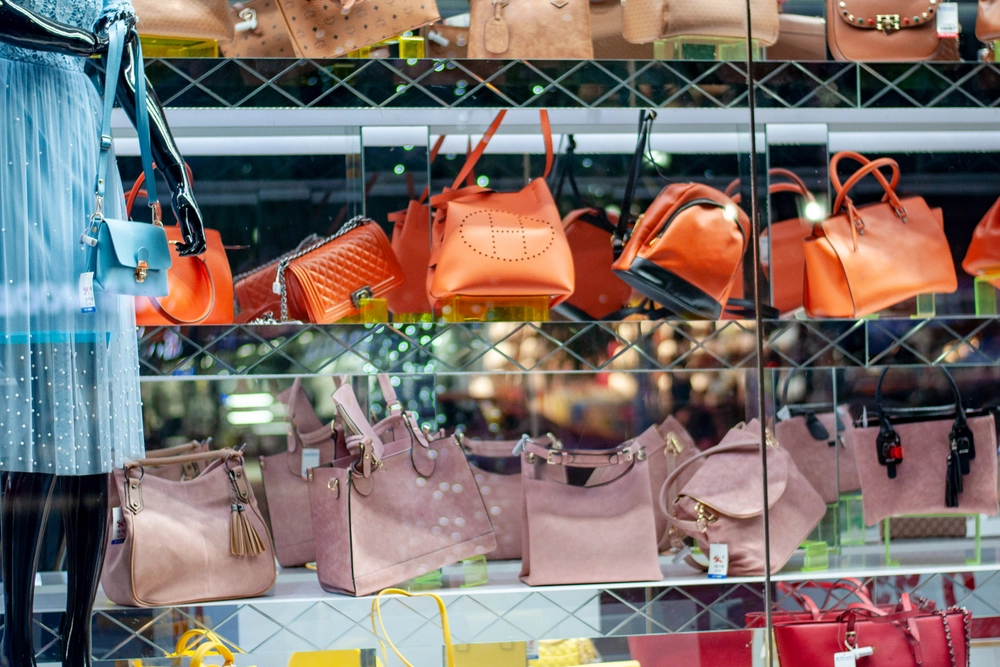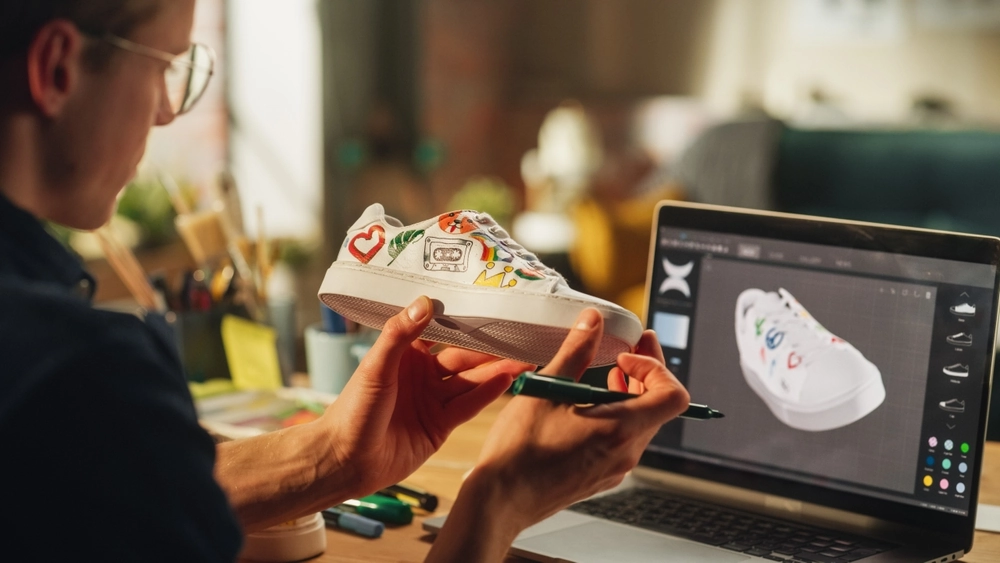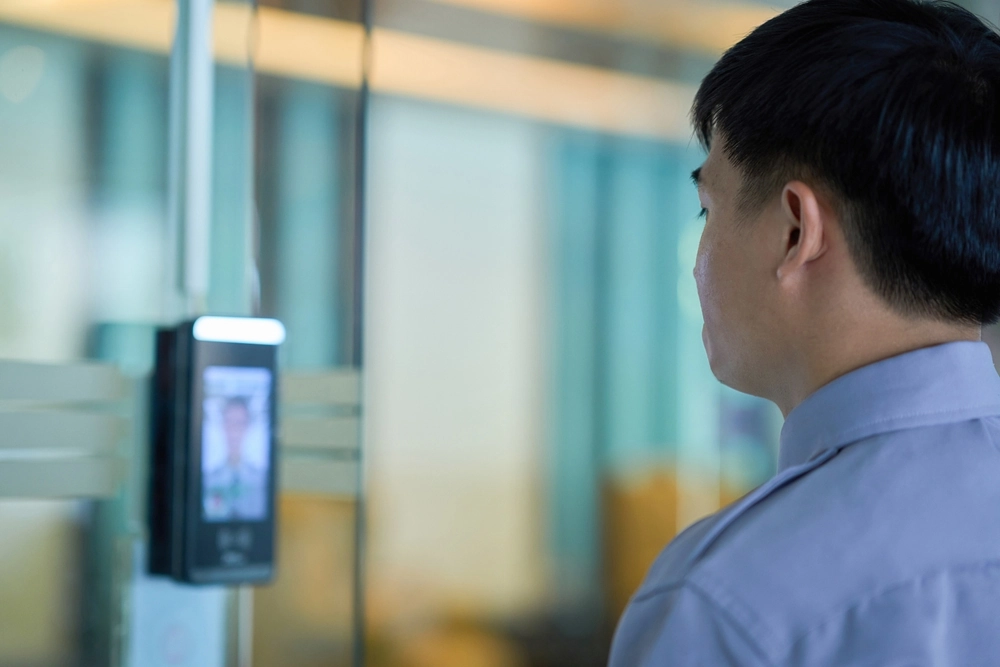
Retail Reduced – February 2025

By Nathan Peacey, Brighton Dube, Elin Bebbington, Ella McCarthy
3 Mar 2025 | 1 minute read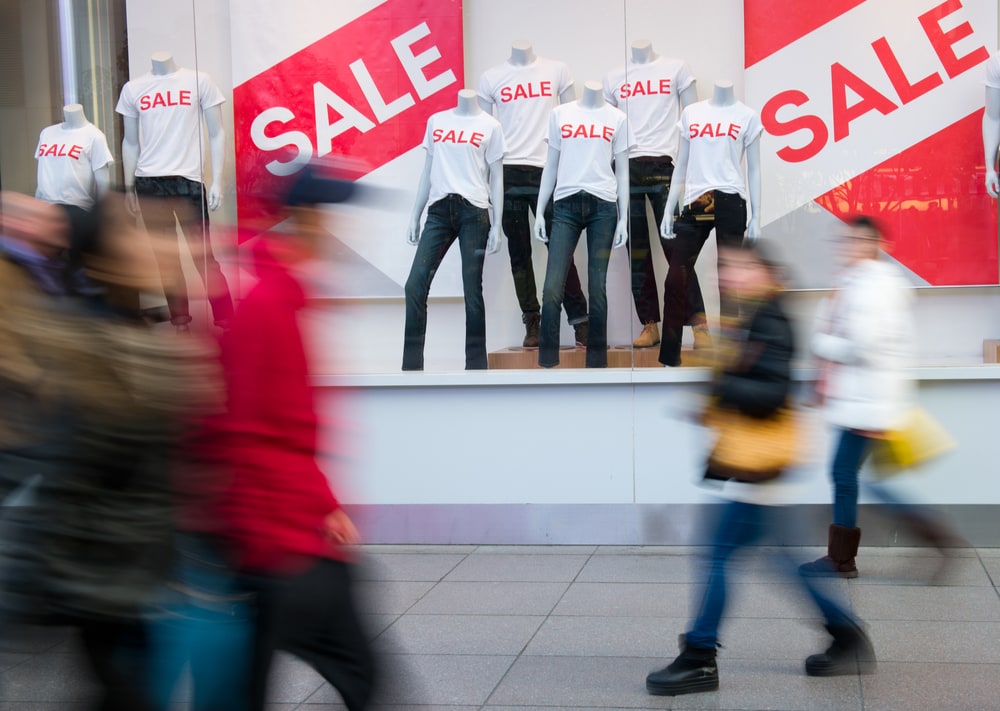
In this month's review of trends in the Retail and Consumer sector we look at beauty trends in 2025, how retailers can leverage AI and much more.
Trends in the Retail Sector in February 2025
Boots has released its fifth annual Beauty Trends Report, which spotlights 6 key trends to watch out for in 2025. This report is fuelled by data from over 16.9 million active Boots Advantage Card customers, and useful insights from in-house expert trend analysis. Boots dominates the UK’s beauty scene, with over 1,800 stores, and over 1,300 Boots Beauty specialists. This report not only highlights up and coming beauty trends but provides crucial insight for other retailers who dabble in the minefield of beauty.
Trend one: “Beauty without Borders“
Digitally native beauty brands are rapidly gaining momentum, and flooding UK high street stores. Customers are fascinated and attracted to new beauty products from social media platforms such as TikTok and are desperate to recreate the ‘new look’ and try out these new products at home. Korean skincare products are dominating the market, and currently “representing over a tenth of the Boots’ Everyday Skincare category’s sales.” One Korean skincare product is even selling every 30 seconds at Boots… highlighting the interest in new and enticing products. Social media platforms may be pumping the desire for international goods, however “94% of boots beauty customers prefer shopping in store for cosmetics” highlighting the importance of high street stores and purchasing a variety of products.
Trend two: Age is just a number…
The generational flow of beauty advice has reversed, with 39% of parents now turning to their children for skincare advice. Gen ‘Zalpha’ are spending over 8 hours a day online, learning and becoming aware of new beauty trends and products, and thus influencing purchase decisions beyond their generational bounds.
Trend three: Getting serious about slumber…
Beauty sleep has returned to the limelight once again. Tiredness has ranked the highest factor for negatively impacting skin; thus, consumers are attempting to perfect their nighttime routine. From the rise in popularity of satin pillowcases, to bedtime moisturisers and heatless hair curlers, consumers are trying to pack more than just 7 hours of sleep into their nighttime rituals.
Trend four: Luxuries vs Essentials
Consumers are caught between a rock and a hard place. Expensive luxuries are on the rise, but shoppers are also attracted to fleeting trends and affordable basics. More than a third of Boots Advantage Card members shopped both budget-friendly makeup and premium cosmetics in 2024,10 with a 14% YoY increase in premium beauty sales at Boots.
Trend five: Scent as Self-Care
Having a variety of fragrances allows one to tap into their unique mood for a specific day and has become a popular way for consumers to express their identity. Gone are the days where individuals take pride in having a singular scent, variety is now fashionable and a key player in mood enhancement initiatives. Boots report that “78% of UK consumers believe that fragrance can improve mental wellbeing“ which highlights the growing reliance on self-care and awareness of mind-body connection.
Trend six: Health is Wealth
“78% of consumers believe prevention is better than cure and are actively seeking to improve their health”, which underlines the popularity of ‘prejuventation’ practices and their rapid rate of infiltration into beauty routines. Due to the help of TikTok and other social media platforms, Boots saw an increase of 536% in sales of LED masks in 2024.
There is a lot of talk about using AI to assist customers by personalising their offerings, harnessing AI driven search strategies, and analysing customer data and shopping patterns. However, Retail Week has combined thinking hats with Workday, and has spoken with 500 retail store staff on what it’s like working in retail’s frontline, and assessing how AI can be used to make life easier for frontliners.
The ‘Talking Shop’ report analysed retail stores staff’s honest opinions about working in the sector, and whilst “more than half of respondents view the sector as good or very good for building a long-term career, and more than two thirds say communications from HQ are somewhat or very effective.” it is clear that there is still a long way to go. AI can be used to solidify employee/employer relations and it’s come to light that the smallest changes can really make a great difference. Some examples are set out below:
- Simplifying the work/life juggle
One of the most tangible tech investments that retailers can immediately make concern payroll and scheduling. As highlighted in the report, “more than eight in 10 retail workers say a mobile app that would allow them to book holiday, see their upcoming pay and manage their work schedule more effectively would be very useful, or worth considering”. Deploying AI in this field could prove to be a quick win for retailers and will ensure processes are more transparent and efficient.
- Consulting with staff on ‘well-considered retail tech’
The majority of frontliners have indicated that they support the roll out of useful tech in their stores, but underline the importance in consulting staff beforehand and providing in depth training of how to most effectively utilise the new tech. Increasing colleague engagement is essential for a streamline implementation, and to ensure that tech is being deployed in the most effective way.
- Improving stock availability
Retail staff’s highest ranking tech solution was the improvement of stock availability. Store staff have expressed their needs to have a better view of stock availability and ordering, which will allow them to update customers and plan ahead more efficiently.
Please watch out for Foot Anstey’s new season of the Retail Matters podcast, in which we will be discussing the effects of AI in Retail in further depth. If you have any questions or points of interest that you would like discussed please do not hesitate to get in touch.
First popularised in China, live shopping has caught traction with western audiences and introduced a fresh e-commerce concept to an otherwise conservative marketspace. When people think of e-commerce, the mind likely conjures images of products sprawled across a white webpage with a mini shopping cart in the corner. You click through individual pages, fill your basket and eventually make a purchase. It’s a tried and tested, efficient way to shop – but it’s not very engaging, is it?
Instead of clicking through stale webpages in silence, participants in live shopping streams are treated to a bubbly host bustling around a room stacked with shiny products, inundating viewers (aka ‘chat’) with useful titbits about what they are showing – it’s like the Antiques Roadshow made with Gen Z and Millennials in mind. Except unlike TV catalogue shows of the past, the livestream format means viewers can chat about what they’re seeing on screen amongst themselves and ask the streamer questions about the products they’re showing in real time. What’s more, viewers can purchase products being shown during the stream without leaving the platform.
The reasons why viewers participate in live shopping vary; a report by McKinsey & Company found participants in Europe and the USA live shop for entertainment purposes, with snapping up better deals coming as a close second. It is unsurprising that entertainment is a leading reason for participation in live shopping streams. Livestream hosts tend to be influencers with dedicated fanbases in their niche; with influencers often relying on their personality and passion for their niche to drive engagement, that same enthusiasm can easily be ported to a live shopping format – with success being most evident when the influencer’s niche overlaps with the content advertised.
TikTok has largely led the recent hype behind the live shopping trend, enticing collaborations with big brands such as PUMA and amplifying the reach of influencers to its global userbase. Enormous brand recognition is not necessary for entrants into the live shopping arena; micro-influencers, defined by the Influencer Marketing Hub as influencers as having between 10,000 and 50,000 followers, also find success through the live shopping medium (and by extension, brands which collaborate with them). Brands may find that smaller influencers tend to be more connected to their fanbase, with the higher degree of trust possibly rendering audience more open to recommendations.
The success of live shopping has shone on a spotlight on the benefits of influencer marketing, especially when it comes to enticing Gen Z and Millennial audiences. While there will always be a place for the traditional web-based e-commerce storefront, live shopping continues to demonstrate the importance of relatability to drive real consumer engagement.
Recent headlines about retailers ‘raided like a piggy bank’ and shop crime being ‘outrageous and out of control in many parts of the country’ have continued an ongoing discussion about criminal perils faced by retailers and their staff. The scourge of retail crime and its effect on in-store staff is rightfully spotlighted, with a Lords committee inquiry last year painting a particularly bleak picture of retail crime; however, the impacts of cybercrime on retailers have recently taken a backseat in favour of tangible offences.
Retailers should beware of the follies of inadequate cybersecurity provisions, with threat actors becoming more sophisticated as time passes; a simple phishing exercise deployed among staff may no longer be enough to cut it. Cybersecurity Drive reported on an investigation conducted by Broadcom Inc into methods used by threat actors to compromise organisations; the findings included the use of infected advertisements being one way in which ransomware software could be deployed onto a system to lock down data and begin the extortion process. The increased sophistication of threat actors means retailers must be equally sophisticated in cyber defence, especially with 1.3 million private sector companies suffering at least one cyber attack in the five years preceding November 2024, as recorded by Howden.
Last November’s cyber-attack on Blue Yonder, a supply chain network company, reinforced the importance of keeping robust cybersecurity procedures. A ransomware attack on Blue Yonder resulted in supermarkets including Morrisons, Sainsbury’s and Starbucks needing to use pen and paper solutions following Blue Yonder supply chain systems being knocked out of operation. Morrisons warehouses were particularly affected, with systems for fresh produce and bread being unavailable for use. As demonstrated by the Blue Yonder incident, the impacts of a cyber-attack can boomerang across stakeholders and result in major disruption.
Updating cyber-security policies alone is not enough, however. A Verizon report finds that 68% of breaches were the result of a human error. The most common way to mitigate this risk is through issuing robust training to staff to identify areas of concern and address those areas before a threat actor can exploit them. This is particularly relevant for retailers who hold and process consumer information as data controllers in the course of business; a consumer having their personal information stolen may lead to regulatory sanctions if adequate policies were not in place to mitigate the risk of cybercrime.
Keeping on top of cyber risks is difficult, but we can help. Foot Anstey has teamed up with cybersecurity specialists Integrity 360 and communications agency Rostrum to create BreachReddi, a streamlined service that audits a company’s data governance policies, network security and crisis response strategy. Be ready before, during and after a data breach with BreachReddi – find more information here.






















































